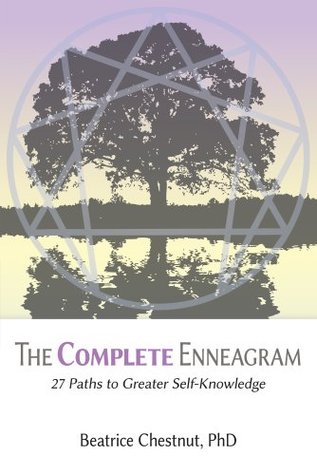More on this book
Community
Kindle Notes & Highlights
When you give to others, they are obligated to g...
This highlight has been truncated due to consecutive passage length restrictions.
Twos trap themselves by substituting the temporary lift of approval for the real love they desperately want. Through shifting into being the person they think others want them to be, they lose their own sense of self, and with it their ability to be present and to be nurtured in relationship.
Twos all share a great capacity for feeling emotion. Twos may also suffer from anxiety, often out of a vague sense that it’s not okay to be who or how they are (they need to be somehow different to be supported).
Twos can be particularly emotionally sensitive when it comes to criticism or perceived hurts or rejections.
Twos tend to take things personally, even when things aren’t personal, which can make it hard for others to be candid with them.
They can take others’ negative opinions of them way too much to heart, feeling like they’ve failed in their task to achieve someone’s positive regard.
Especially because the Two pattern of “giving to get” can itself be a blind spot, eventually Twos exhaust themselves and become angry if others do not give back.
Deeper down, Twos often believe they are unlovable, though this perception and the emotions related to it may also reside in Twos’ Shadow.
So even though a Two might have the experience and qualities to be a good leader, he or she might not pursue this role, preferring to manage their image from a more comfortable subordinate position rather than being the one everyone is looking to for direction.
The unconscious strategy the Self-Preservation Two employs is to “seduce” like a child in the presence of grown-ups.
This Two has a childlike quality in presentation and emotional expression—no matter how old they are, this Two looks youthful or young.
Self-Preservation Twos need to feel unique and special—they have a compulsion about being the “cute” girl or boy who is liked by everybody. They charm or “give themselves” to others to remain the favorite.
In this “youthful” Two, self-importance, irresponsibility, humor, playfulness, and charm are in the foreground. Until they engage in self-awareness work, this Two can be easily hurt and is hypersensitive to slights or anything that might sound like criticism or disapproval.
Self-Preservation Twos can be self-indulgent and hedonistic. They are drawn to cultivate a sense of “euphoria” through parties, shopping, drinking, or indulging in food and fun—anything to distract themselves from having to contact themselves. They are sensation-seeking, and they look for pleasurable experiences to distract themselves from feelings of self-abandonment and inner deprivation.
Since I was young, I’ve always considered myself to be the central focus of interactions with others. Being good and cute, I expected other people to pay attention to me and felt I deserved their support. I often took recognition for granted. I avoided long-term decisions, commitments, and grown-up actions such as “settling down” or striving for healthy adult relationships. Thus, I unconsciously put off achieving independence by not truly dealing with the consequences and costs of things.
THE TWO POINT REPRESENTS THE ENERGY of pride that fuels a need to seduce others into providing emotional support by being something “more.”
It also represents the ways in which we all inflate our sense of who we are to bolster our self-worth in a world that seems to reject us.
The Two path of growth can show us how to transform false pride into the energy that will help us manifest our humble belief in the worthiness of who we really are...
This highlight has been truncated due to consecutive passage length restrictions.
In each of the Type Two subtypes we see a specific character who teaches us what is possible when we turn the survival strategy of self-aggrandizement into a peaceful acceptance of our inherent value and power through the alche...
This highlight has been truncated due to consecutive passage length restrictions.
TYPE ONE REPRESENTS THE ARCHETYPE of the person who seeks to be good and do “the right thing” to satisfy an urgent need to be virtuous and responsible and to avoid fault and blame. This drive provides a defensive protection in a world that demands and rewards good behavior and punishes bad behavior.
This archetype also exists as the “superego,” that part of the psyche that stands in for the parental voice of authority. This internal force exercises its power to tame the excesses born of raw impulses, animal instinct, and unrestricted forms of self-interested self-expression.
Type Ones are thus the prototype for that part in all of us that strives to match high standards of good behavior as a way of proving ourselves worthy and avoiding blame or fault. This archetypal stance prioritizes following the rules as a way of brin...
This highlight has been truncated due to consecutive passage length restrictions.
THE ONE POINT REPRESENTS THE ENERGY of anger in the service of virtue and the ways in which we seek to control the “beast within” to cope with a world that requires us to meet certain standards to be loved.
Its path of growth shows all of us how to transform our anger into the energy that can helps us manifest our ideals.
In each of the Type One subtypes we see a specific character who teaches us what is possible when we can turn righteous anger into calm acceptance through the alchemy of self-ob...
This highlight has been truncated due to consecutive passage length restrictions.


